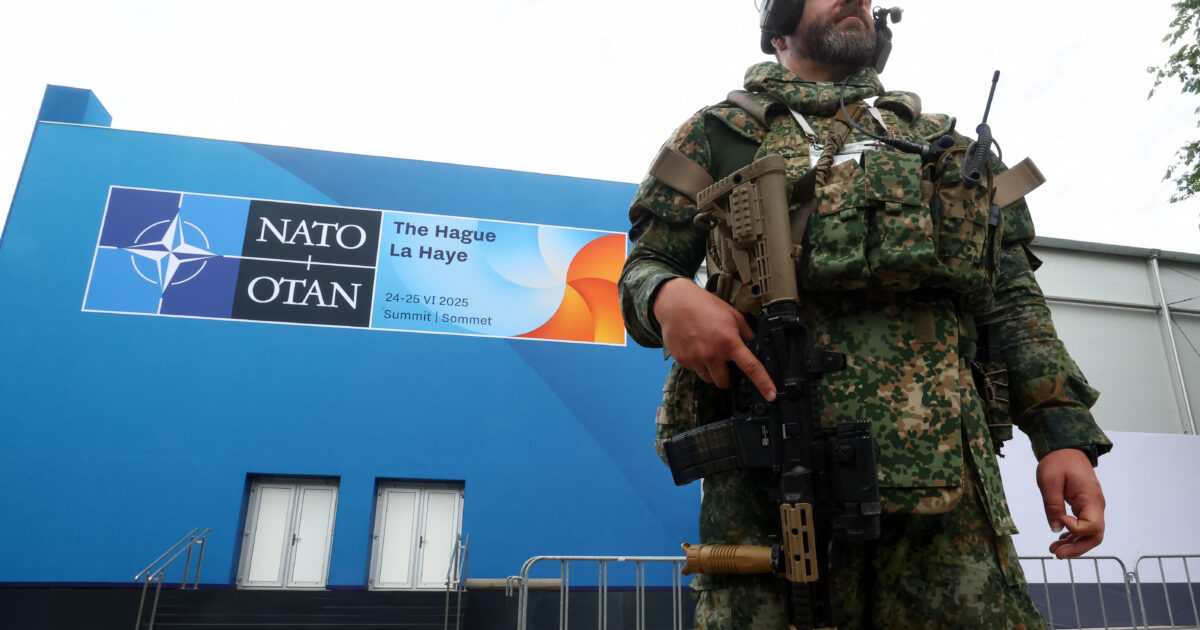On the press to increase spending on defense (and therefore the reduction of other social and investment costs) will be budget from all its members this year NATOas according to what he said (23.6.25) yesterday, the Secretary -General of the Alliance, Mark Rutte, at the first press conference in view of his summit (24 – 25.6.25), have received the 5% GDP target by 2035.
This means that by the next ten years, NATO member states should have uploaded costs defense at 5% of their GDP against the 2% target since 2014 at the expense of other expenditure, such as Rute has set up, but also The BoG has warned in order not to increase public debt.
However, as Route himself did yesterday, he did four critical marks, which describe in revealing detail the new regime that all NATO member states will enter, the overwhelming most of which are also eurozone and EU member states (which will decisively affect their fiscal course in the coming years):
1. The time horizon to achieve the 5% goal is in 2035, but another milestone has been set much earlier and specifically, 2029, that is, only 4 years from today.
Characteristically, Route said that “In 2029 we will report, including the international security status, for example, if we need to increase the amount of expenditure we need to do as a collective alliance.”
So Rutte may have accepted the horizon in 2035 and not in 2030, as the Eastern -European countries or 2032 he had sought himself, but the view of “report” in 2029 with a clear window to increase the amount of “collective” spending.
2. The heavy weight of the increase in defense spending will fall by 2029.
Exactly NATO Secretary General said that “There will be huge additional defense spending over the next three to five years.”
3. The course by 2029 and until 2035 will be “focused” with annual evaluations.
Route reported that “The big difference from Wales’ commitment in 2014 is that there will be annual reports on what the nations spend, there will be regular evaluations of what is going on.”
In other words, every year, every NATO member will be “evaluated” by the alliance administration on whether and whether it is on track in relation to achieving the 5%goal.
4. Spain may not be a only country – a member of NATO for which there will be an exception to the 5%target.
Rutte was asked: “You can confirm that all allies, not only Spain, are free to spend as much money as they want, as long as they guarantee that they will fulfill their ability goals. And if so, what does this 5%do? “
And the Secretary -General responded characteristically: “Well, I wouldn’t buy (I accepted) the case of your question. Thus, what we will agree with, as an alliance, is a 5% target for GDP spending when it comes to our collective defense. “
Analysts interpret this phrase as possible acceptance of other Spanish -type exceptions provided the “collective” achievement of the 5% goal of GDP of NATO member states as a whole and in terms of GDP each country – member separately.
